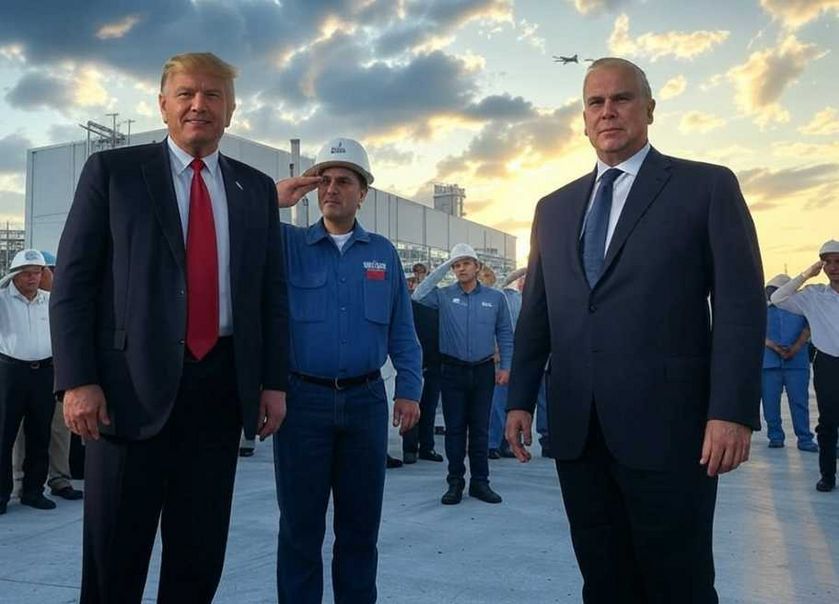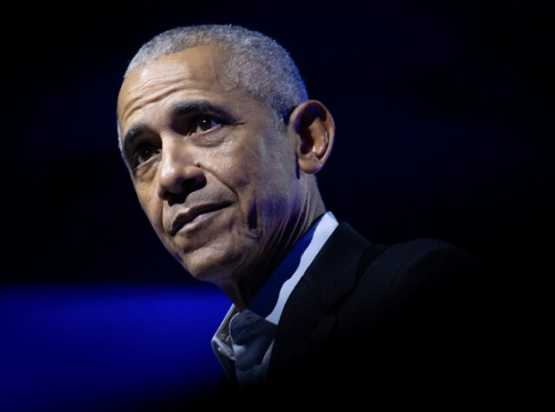Restoring National Sovereignty Through Economic Nationalism: A Return to Founding Principles
In a passionate and sweeping monologue, Dr. Steve Turley outlines what many conservatives and constitutional originalists see as a long-overdue rejection of the globalist economic order and a return to America's founding principles. This shift is not merely economic, it is cultural, civilizational, and deeply constitutional. As he rightly frames it, America is witnessing the collapse of liberal globalism and the rebirth of a sovereign economic and national identity grounded in mercantilism, national security, and self-reliance.
Mercantilism and the Constitution: The Founders' Vision
Dr. Turley’s invocation of mercantilism, a 17th-century economic model where trade is viewed as an extension of national power finds deep resonance with the Founding Fathers' vision for the United States. As outlined in Federalist No. 11, Alexander Hamilton emphasized the importance of a robust commercial policy to secure American interests. He recognized the necessity of protecting nascent industries from foreign powers through tariffs and national economic planning, all aimed at achieving independence.
This is the kind of economic nationalism Donald Trump has reintroduced. It is one that restores the federal government’s Article I, Section 8 power: "To regulate Commerce with foreign Nations, and among the several States, and with the Indian Tribes." Under globalism, this clause has been distorted to facilitate massive offshoring of American jobs. Under mercantilism, it becomes a constitutional vehicle for protecting national industry and ensuring America’s independence from hostile foreign powers.
Globalism's Constitutional Crisis: Delegation and Sovereignty
The Bretton Woods system, as described by Dr. Turley, created supranational institutions like the World Trade Organization and International Monetary Fund which entities that function without any direct constitutional authority. This transfer of economic sovereignty to international bureaucracies undermines the very premise of the U.S. Constitution: that all legislative power resides in Congress (Article I, Section 1). The rise of globalism has resulted in unelected international bodies dictating trade policy, thereby bypassing the democratic will of the American people.
Justice Clarence Thomas has consistently warned about such extraconstitutional governance. In his concurring opinion in Department of Transportation v. Association of American Railroads, Thomas observed that delegating core governmental functions to unaccountable entities is incompatible with the Constitution. Globalism, in this sense, is not just economically damaging;it is constitutionally illegitimate.
Tariffs and National Security: A Constitutional Imperative
Turley’s focus on tariffs and their national security implications highlights another core constitutional principle: the duty of government to "provide for the common defence." If the United States cannot produce its own pharmaceuticals, steel, or ships, it cannot defend itself in wartime. The Framers understood that sovereignty includes economic self-sufficiency. They would have been appalled by a system where America's primary military and health needs are met by potential adversaries like China.
Trump’s tariff policies are not protectionist in the pejorative sense, they are patriotic, prudent, and constitutional. They ensure the survival of the Republic by preventing economic entanglements from becoming national vulnerabilities.
Civilizational Spheres and Federalism
One of the most fascinating insights Turley provides is the rise of “economic civilizationism,” where trade blocs are reorganizing along civilizational lines: North America, Eastern Europe, East Asia. This is entirely consistent with the original federal structure of the United States: a decentralized union of states with shared values and a common destiny.
Trump’s efforts to build a North American trade sphere with Canada and Mexico, anchored not in globalist abstraction but in reciprocal tariffs and economic cooperation, mirror the original constitutional compact between sovereign states. It's a model of federalism writ large on the international stage.
Globalism’s Demise and the Renewal of the American Republic
Globalism was always destined to fail. It undermined national self-government, hollowed out the American manufacturing base, and imposed alien cultural values under the guise of economic cooperation. Dr. Turley rightly notes that globalism has become a weapon of woke ideological coercion, exploited by Western elites to enforce cultural conformity.
But the Constitution provides the remedy. A return to limited government, national sovereignty, and constitutional commerce powers is not just a policy choice. It is a return to first principles. As James Madison wrote in Federalist No. 45, “The powers delegated by the proposed Constitution to the federal government are few and defined.” That includes the power to protect our economy from globalist overreach and defend our way of life from foreign entanglements.
In the end... A Constitutional Revival
Dr. Turley’s vision aligns closely with the conservative legal movement’s call to restore the Constitution as it was originally understood. Economic nationalism, reciprocal trade, and self-sufficiency are not just prudent strategies—they are constitutional imperatives. In rejecting liberal globalism, we are not turning away from modernity; we are turning back to the enduring wisdom of our Founding Fathers.
The liberal order is dying. What comes next is a restored Republic. One that is strong, sovereign, and rooted in the Constitution.















